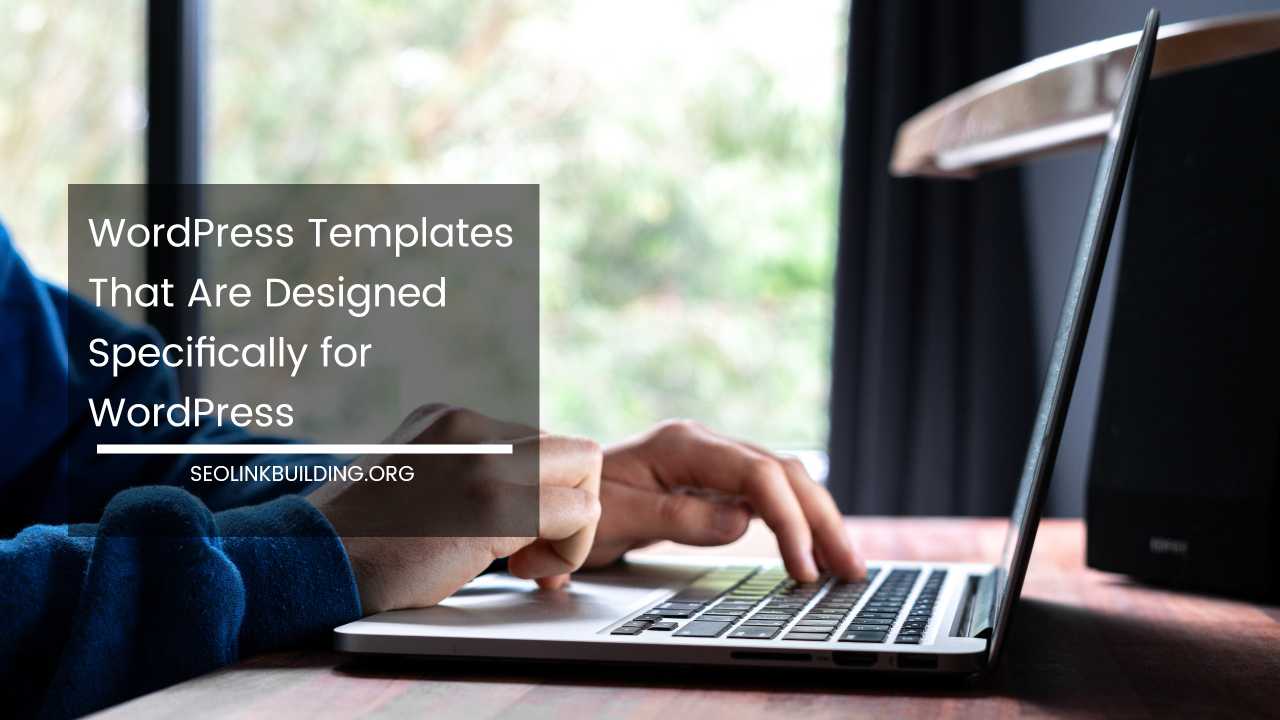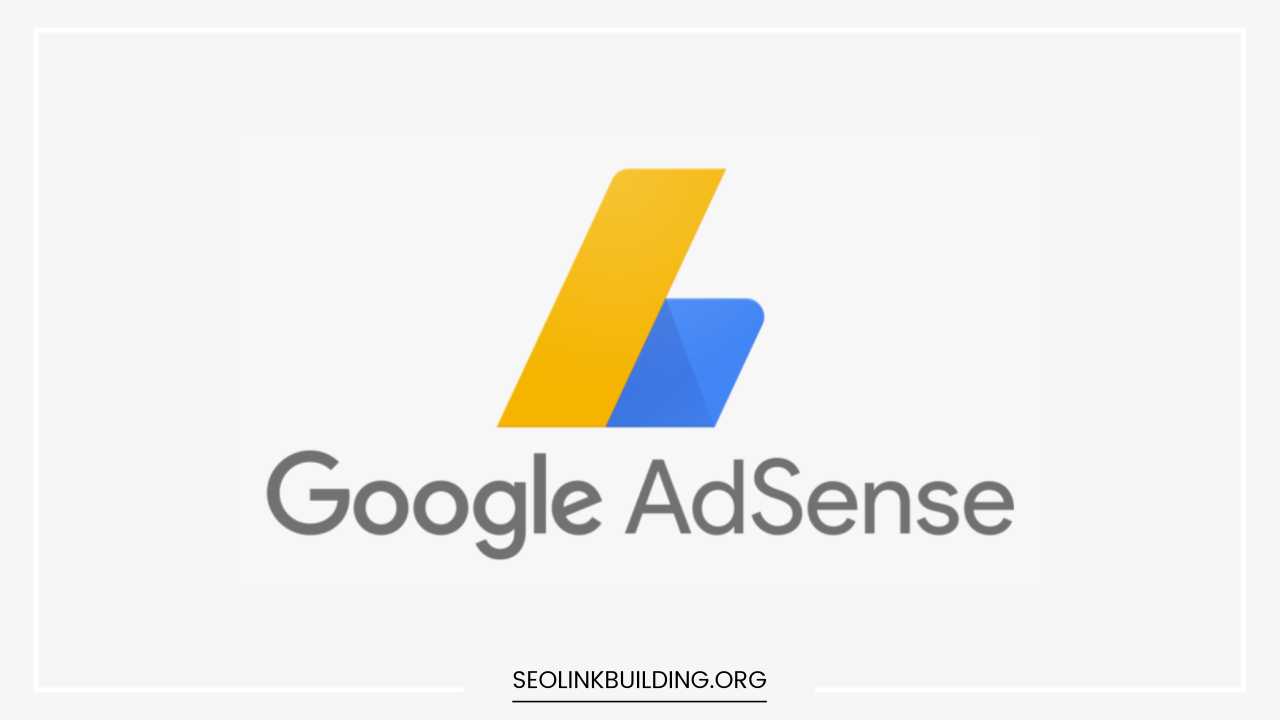WordPress Templates That Are Designed Specifically for WordPress

WordPress Templates: The Building Blocks of Your Website
WordPress reigns supreme as the most popular content management system (CMS) globally, empowering millions to create websites without needing extensive coding knowledge.
Its ease of use, flexibility, and vast ecosystem of plugins and themes make it an ideal platform for building websites of all kinds.
Within this ecosystem, WordPress templates play a crucial role in defining the look, feel, and functionality of your website.
This comprehensive article delves into the world of WordPress templates, exploring what they are, their different types, the benefits they offer, and how to choose the right one to build a successful website.
Understanding the Intricacies of WordPress Templates
A WordPress template is a blueprint, a set of pre-designed files written in PHP, HTML, and CSS, that determines the layout and structure of your website’s pages.
These files work together to dynamically display content based on your website’s needs. Here’s a deeper look at how templates function:
-
Theme Framework: Imagine this as the skeleton of your website. The theme framework provides the core structure and stylesheets that all your website’s pages inherit. It dictates the overall aesthetic and foundational functionality of your site. Popular theme frameworks like Genesis, Astra, and OceanWP offer a robust foundation upon which you can build your website.
-
Template Hierarchy: This complex system acts like a roadmap, dictating which template WordPress uses to display different elements of your website. For instance, a specific template might control how blog posts are displayed in a list format on the homepage, while another handles the single post layout with in-depth content and comments. Understanding the template hierarchy gives you more control over customizing your website’s structure.
-
Template Tags: These are special codes embedded within templates that act like magic incantations. They allow you to insert dynamic content like post titles, menus, sidebars, and even custom functionalities into your website’s pages. By strategically using template tags, you can create a website that feels both structured and dynamic.
-
Customization Options: Most themes offer a spectrum of customization options, allowing you to personalize your website’s appearance. You can tweak colors, fonts, layouts, and sometimes even add custom code to achieve a unique look that reflects your brand identity. This level of customization empowers you to create a website that stands out from the crowd.
Beyond the Basics: Advanced Template Concepts
For those seeking more granular control, WordPress offers advanced template concepts to tailor your website to specific needs:
-
Theme Child Themes: Think of a child theme as a safe haven for your customizations. It inherits all the functionalities and styles of the parent theme (usually the framework) but allows you to make modifications without altering the core theme files. This ensures that theme updates won’t overwrite your customizations.
-
Page Templates: These are specialized templates that go beyond the core templates offered by most themes. They allow you to create unique layouts for specific pages on your website, such as a landing page for a marketing campaign or a custom contact form page.
-
Part Templates: These are reusable building blocks that can be incorporated into various page layouts. They might contain elements like a hero section, a call-to-action section, or a testimonial section. Part templates streamline your design process and ensure consistency across your website.
A Tapestry of Options: Exploring the Different Types of WordPress Templates
WordPress offers a diverse range of templates to cater to different website elements and functionalities. Here’s a detailed breakdown of the most common ones:
-
Index.php: The unsung hero, this is the default template that controls how your homepage displays content. It typically utilizes the loop, a powerful WordPress feature that iterates through your posts or pages, displaying them in a designated format like a blog feed or a grid layout.
-
Single.php: This template dictates the layout for individual blog posts or custom post types like portfolio items or product listings. It usually displays the post title, content, featured image, and meta information like author and publication date, allowing you to showcase your content in an engaging format.
-
Page.php: This template controls the layout for static pages like your About Us or Contact Us page. It provides more flexibility for structuring content specific to those pages, allowing you to create detailed explanations or interactive forms.
-
Archive.php: This template governs how archive pages, such as category or tag archives, are displayed. It typically shows a list of posts associated with that archive term, providing a convenient way for users to explore specific topics or categories on your website.
-
Search.php: This template dictates the layout of your website’s search results page. It displays content relevant to the user’s search query, ensuring a seamless user experience for those seeking specific information on your website.
-
Header.php: This template controls the header section, arguably the first impression your website makes. It typically contains your logo, navigation menu, and search bar, all crucial elements for website navigation and user experience.
-
Footer.php: This template controls the footer section, which often acts as a website’s concluding statement. It frequently displays copyright information, social media links, and additional navigation elements, providing users with a final touchpoint and call to action.
-
Sidebar.php: This template defines the layout and content of your website’s sidebar(s). It’s a versatile space commonly used to display widgets like categories, recent posts, or social media feeds. Sidebars can be strategically positioned to enhance user engagement and information discovery.
-
Custom Templates: In addition to these core templates, some themes might include additional custom templates for specific functionalities. These could include:
- Portfolio Page Templates: Designed to showcase your work in a visually appealing format, perfect for photographers, designers, or artists.
- Product Listing Templates (For E-commerce Websites): Streamline the presentation of your products, allowing users to easily browse and filter through your offerings.
- Custom Landing Page Templates: Create targeted landing pages for marketing campaigns or promotions, increasing conversion rates.
Benefits of Leveraging Pre-Designed WordPress Templates
There are numerous advantages to utilizing pre-designed WordPress templates:
-
Convenience and Speed: Choosing a pre-designed template saves you significant time and effort compared to building a website from scratch by coding everything yourself. You can have a professional-looking website up and running quickly, allowing you to focus on creating compelling content and growing your online presence.
-
Variety and Choice: With a vast selection of free and premium themes available in official repositories like the WordPress Theme Directory and from third-party developers, you’re guaranteed to find a template that aligns with your website’s purpose and desired aesthetic. This variety empowers you to create a website that reflects your unique brand identity and resonates with your target audience.
-
Customization Options: Most themes offer a good degree of customization, allowing you to personalize fonts, colors, layouts, and sometimes even add custom code to achieve a unique look and user experience. This flexibility ensures your website doesn’t look like a replica of countless others using the same theme.
-
Responsiveness: In today’s mobile-first browsing landscape, it’s crucial for your website to adapt to different screen sizes. Modern themes are generally responsive, meaning they adjust their layout to display optimally on all devices, from desktops to tablets and smartphones. This ensures a seamless user experience for everyone who visits your website.
-
Integration with Plugins: Many themes are designed to work seamlessly with popular WordPress plugins, extending functionality and adding features beyond the core capabilities of WordPress. This allows you to enhance your website’s capabilities with features like contact forms, SEO optimization tools, e-commerce functionalities, and more, without needing extensive coding knowledge.
Beyond the Obvious Benefits: Additional Advantages of Pre-Built Templates
While the core benefits are well-established, there are some additional advantages to consider:
-
Search Engine Optimization (SEO) Friendly: Many premium themes are built with SEO best practices in mind, using clean code and optimized structures that can improve your website’s ranking in search engine results pages (SERPs).
-
Security Features: Security is paramount. Some premium themes offer built-in security features or are compatible with popular security plugins, helping to safeguard your website from vulnerabilities and malware attacks.
-
Regular Updates and Support: Reputable theme developers often provide regular updates to their themes, ensuring compatibility with the latest version of WordPress and addressing any security issues that might arise. Additionally, some premium theme developers offer support options, giving you peace of mind and assistance if you encounter any difficulties.
Choosing the Right WordPress Template: A Guide to Success
With a plethora of templates available, selecting the right one for your website can be a daunting task. Here are some key factors to consider to ensure you choose a template that sets your website up for success:
-
Website Purpose: Identify the primary objective of your website. Are you building a blog, a portfolio, an e-commerce store, or a business website? Choose a theme that caters to your specific needs and functionalities. For instance, a business website might prioritize a clean and professional aesthetic, while a portfolio website might require a more visually striking and creative design.
-
Design Style: Consider the desired aesthetic for your website. Do you prefer a minimalist clean look, a bold and vibrant design, or something more classic and elegant? Explore themes that resonate with your brand identity and target audience. Remember, your website’s design is a significant contributor to the overall user experience.
-
Responsiveness: As mentioned earlier, ensure the theme is fully responsive and adapts seamlessly to different devices. In today’s mobile-dominant world, this is a non-negotiable factor. A user on a smartphone should have a smooth and intuitive experience navigating your website, just like someone on a desktop computer.
-
Features and Functionality: Consider the features and functionalities you need for your website. Does the theme offer built-in features like contact forms, social media integration, or e-commerce functionalities? If you require specific features, ensure the theme supports them natively or integrates seamlessly with relevant plugins.
-
Customization Options: Evaluate the level of customization offered by the theme. Can you easily change colors, fonts, layouts, and other design elements? While some pre-built options can be a starting point, ensure you have enough control to achieve your desired look and feel.
-
Theme Framework (Optional): If you plan on extensive customization or building multiple websites, consider themes built on a popular framework like Genesis or Astra. These frameworks offer a robust foundation and greater flexibility for developers and advanced users.
-
Popularity and Reviews: Read reviews and check the popularity of the theme. A theme with a good reputation and active user base suggests ongoing support and updates. Look for themes with positive user reviews and a history of resolving issues.
-
Free vs. Premium: There are both free and premium themes available. While free themes can be a good starting point, premium themes often offer more features, customization options, better support, and unique designs. Consider your budget and website’s needs when making this decision.
Beyond the Checklist: Additional Tips for Choosing the Perfect Template
-
Demo Sites: Most theme developers offer demo sites showcasing what the theme looks like with pre-populated content. Explore these demos to get a feel for the theme’s design and functionality before making a purchase.
-
Mobile-First Approach: In today’s mobile-centric world, prioritize themes that are designed with mobile responsiveness in mind. Test the theme’s layout and usability on various devices to ensure a seamless experience for all users.
-
Long-Term Vision: Consider your website’s future growth. Choose a theme that can scale with your needs and offers enough flexibility to accommodate future changes in content, functionality, and design.
-
Performance Optimization: Website speed is crucial for user experience and SEO. Opt for themes that are lightweight and optimized for performance to ensure your website loads quickly and delivers a smooth browsing experience.
Conclusion: Building a Website with Confidence
By understanding the intricacies of WordPress templates, their various types, and the factors to consider when choosing the right one, you’re well on your way to building a website that not only looks great but also functions effectively.
Utilize pre-designed templates to your advantage, leveraging their convenience and customization options. Remember, the perfect template acts as a foundation, allowing you to build a website that reflects your brand identity and achieves your online goals.













